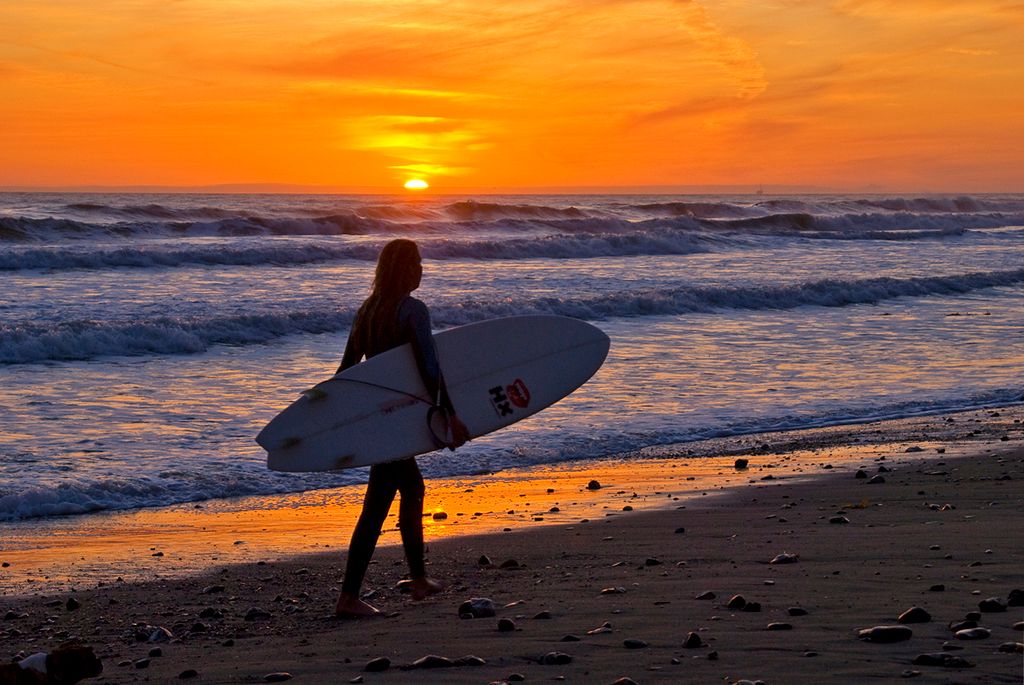Employing Hues Similar on the Color Wheel for Artistic Expression
Painting Landscapes with Harmonious Colors: Analogous Hues
Hey there! Today I'm diving into a brilliant technique for painting land gob-smacking landscapes - using analogous colors! Let's jump right in.
- Analogous Colors: What are They? – Analogous colors, my friend, are three hues side by side on the magical color wheel, like yellows, greens, and blues (or reds, oranges, and yellows). They've got a natural unity that can make any ol' painting pop.
- Invigorate Your Canvas – Don't be afraid to mix things up in your painting. Cool analogous colors (greens and blues) will create a peaceful, serene feel. If you're going warm (reds, oranges, and yellows), your work will pulsate with fiery energy. Look at Claude Monet's masterpieces to see the difference firsthand.
- Employ the Stain Approach – To highlight the colors you're working with, apply a contrasting hue across the canvas. If your palette is cool, warm it up, and vice versa. I added a spash of transparent oxide red in my Fraser Island painting, staining the canvas and enhancing my blues and greens.
- Squeeze the Color Spectrum – To give your painting a calm, tranquil vibe, compress the values to keep all the colors within the same light range. Don't like my Fraser Island piece as an example? Check out Maryvale, Mist. You'll find how different greens, blues, and purples were compressed to achieve a misty, dream-like atmosphere.
- Inject Life and Energize – To make your artwork truly sing, embrace visible brushstrokes and texture. With my Fraser Island painting, I selected horizontal lines for water and vertical motions for land, grass, and trees. Multicolored strokes can help you capture loads of info in a single movement, especially in landscape painting.
- Strike a Balance – Don't shy away from using dark or colorful accents to give your analogous painting some oomph! These highlights draw attention and break up monotonous areas. In Montville, Lush Greens, Rainy Day, pink flowers and ochre leaves add warmth against the sea of greens and blues.
- Key Insights – Analogous colors are hues next to each other on the color wheel (yellows, greens, and blues or reds, oranges, and yellows). – Use temperature contrast to create depth and make colors stand out (cool vs. warm). – Contrasting accents emphasize elements and inject energy.
- Ready for More? – If you're hankering for even more painting knowledge, check out my Painting Academy course. It's designed to help painters of all skill levels take their work to the next level, whether you're a total beginner or an intermediate artist.
- Thanks for Stopping By – I hope this little guide has been useful on your artistic adventure. If you loved it, don't forget to share the love with your creative pals.
– Best, – Dan Scott, your friendly neighborhood artist and the creator of Draw Paint Academy.
For those art enthusiasts who want more deets, here's a deeper dive:
Enrichment Data:
Overall:
Techniques for Painting with Analogous Colors in Landscapes
Using analogous colors in landscape paintings can create harmony and depth. These tips and examples can guide you in your artistic journey:
Contrast for Emphasis
– Technique: Use contrasting elements within analogous colors to highlight specific features or draw attention. – Example: In a landscape with green foliage, add dark green shadows to emphasize depth and make lighter areas stand out.
Gradual Transitions
– Technique: Gradually shift between analogous colors to achieve a smooth, natural look. – Example: In a landscape with a green forest, transition to yellow hues in sunlit areas to create a warm, inviting atmosphere.
Creating Harmony
– Technique: Choose a dominant color that matches the mood or theme of your artwork to maintain harmony throughout the painting. – Example: For a serene forest, make green the dominant color, with blues and yellows added to enhance the natural ambiance.
Varying Saturation and Lightness
– Technique: Adjust the saturation and lightness of analogous colors to establish depth and dimensionality. Darker colors bring foreground features close, while lighter ones represent distant elements. – Example: In a landscape with blues and greens, use light sky blue for distant sky and deep navy for foreground shadows to create depth.
Selecting Analogous Colors
– Definition: Analogous colors are a trio of colors next to each other on the color wheel. – Example: Using blues, greens, and yellows can conjure a tranquil natural scene, with blues for the sky, greens for the foliage, and yellows for sunlight.
Examples of Analogous Colors in Landscape Painting
- Blue, Green, Yellow: These colors can depict a serene landscape with blue skies, green foliage, and yellow sunlight.
- Red, Orange, Yellow: Warm colors can create a vibrant sunset scene with red and orange skies and yellow highlights on the landscape.
- Purple, Blue, Green: Cool colors can be used to depict a misty or foggy landscape with purple shadows, blue skies, and green foliage.
By incorporating these techniques and examples, artists can construct captivating and harmonious landscape paintings utilizing analogous colors.
- landscape painting often employs the use of analogous colors, such as blues, greens, and yellows, to create a tranquil and natural scene.
- when painting landscapes, a home-and-garden aesthetic can be achieved by carefully selecting and blending analogous colors to mimic the colors found in nature, reflecting various aspects of lifestyle.




